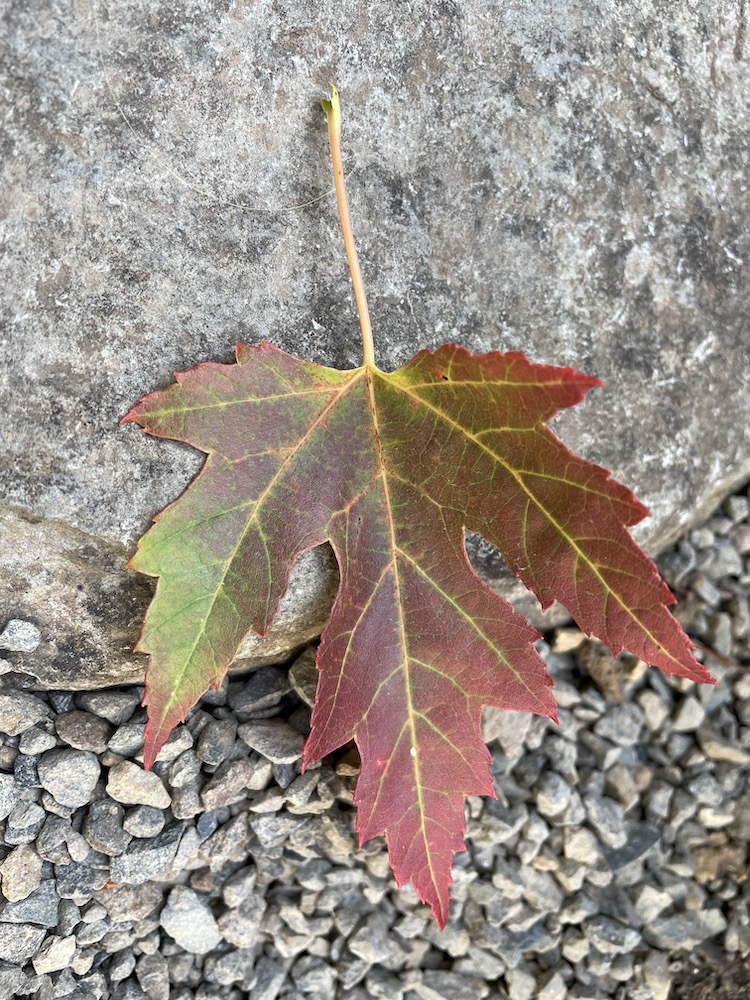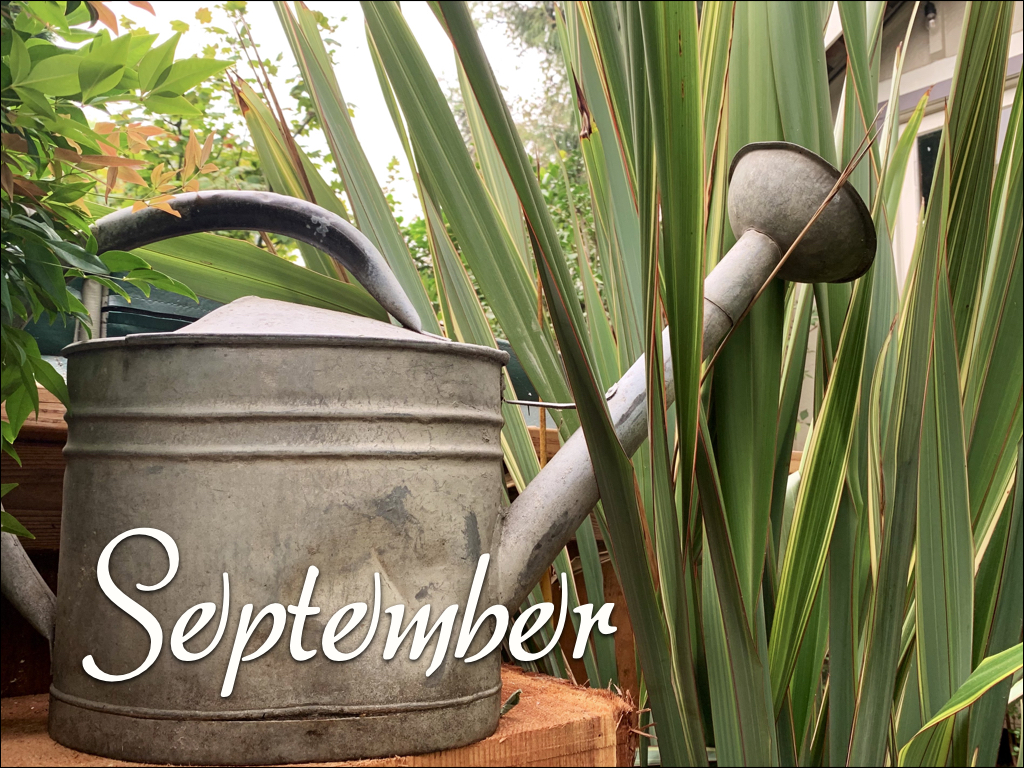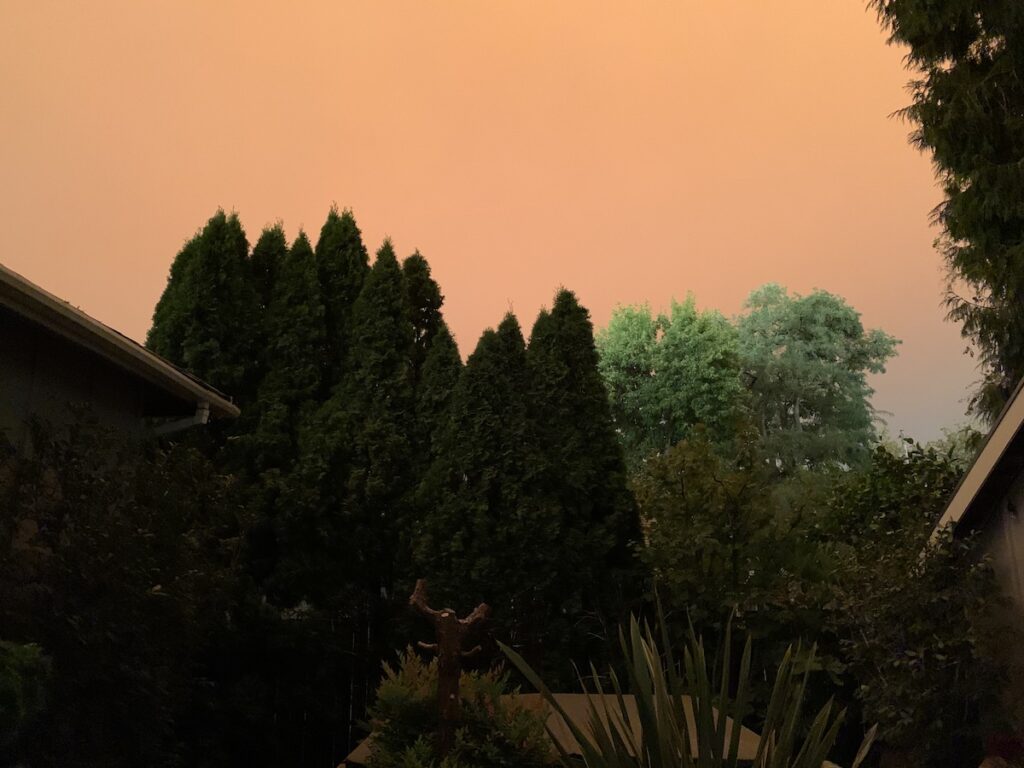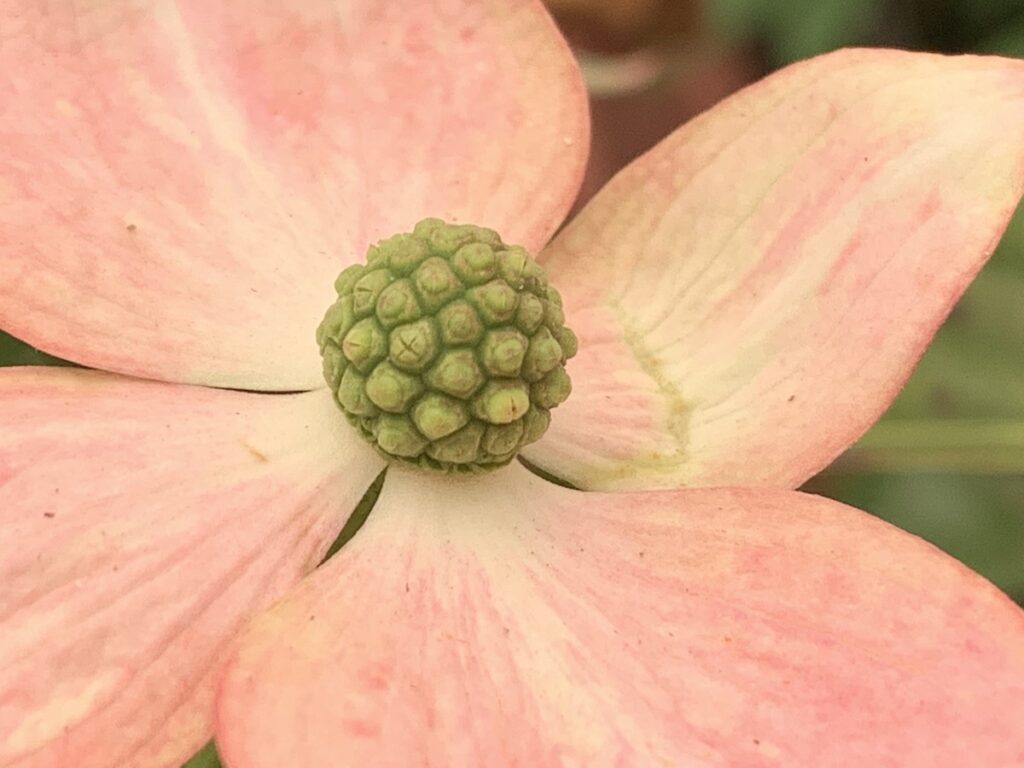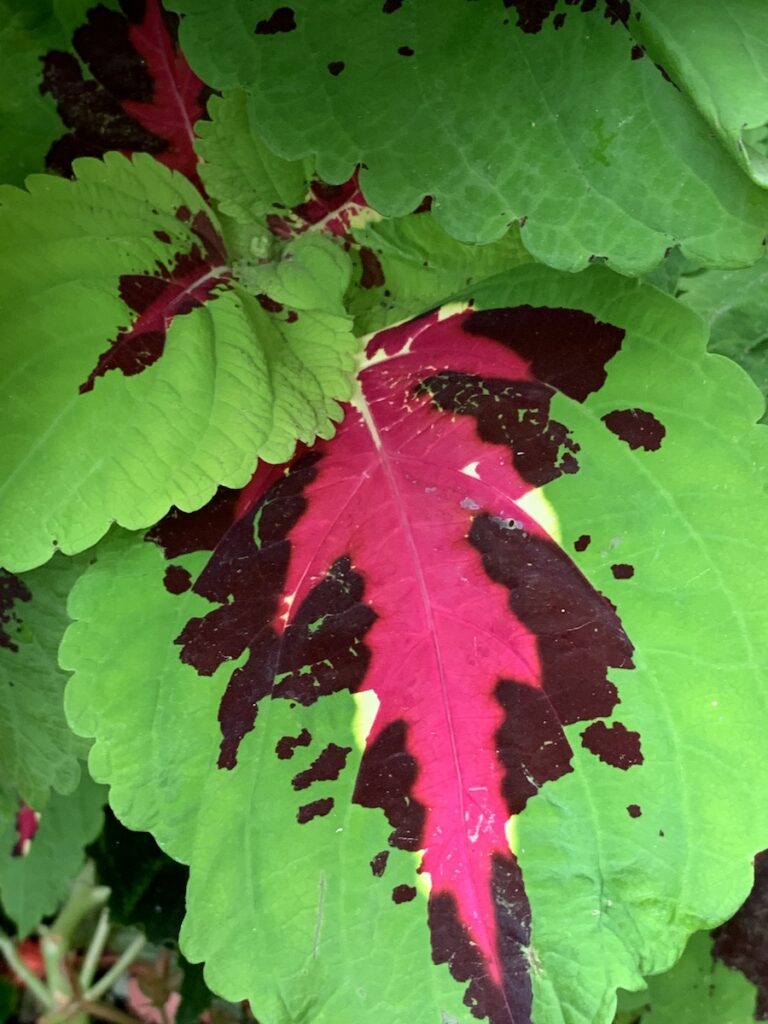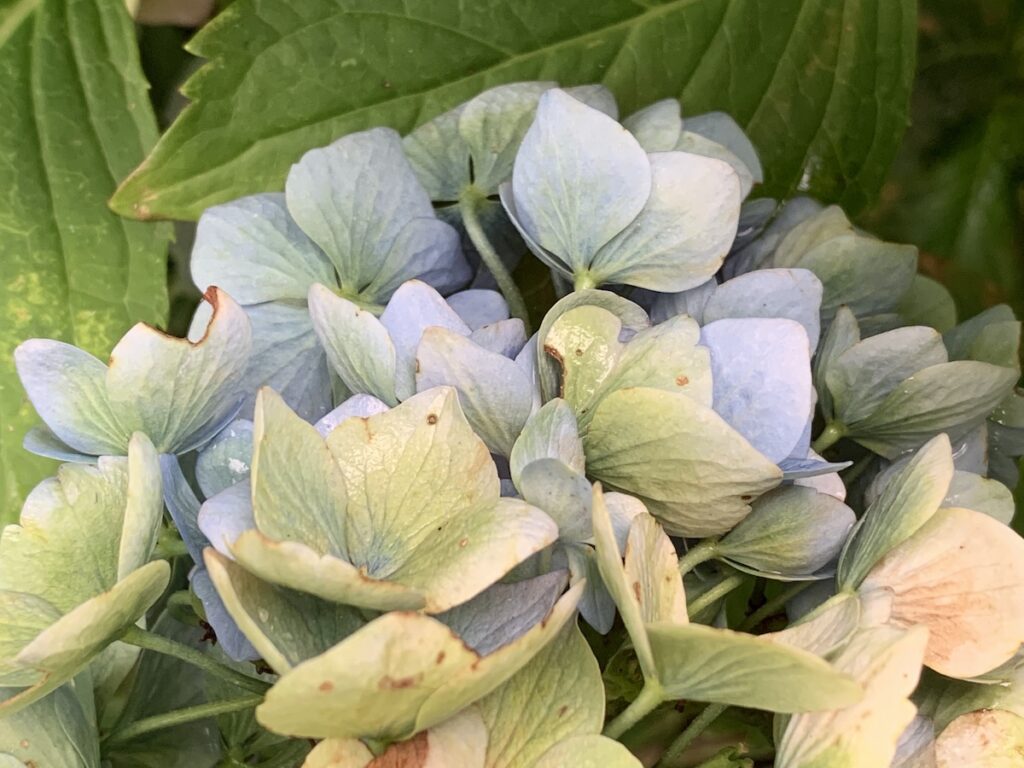This guide is tailored for the western valleys of Oregon and Washington.
YOU can help to make the world a better, a more friendly, loving and beautiful place by being a good steward of the spot on this earth that you are privileged to be borrowing for a time—your garden. Nathan, the Treevangelist, urges you to treat your spot on this planet like your own personal Garden of Eden paradise. Then notice the joy that it will bring to you! This is your Divinely mandated responsibility. Your trees, shrubs, flowers and the wildlife in your yard will express their smiling appreciation back to you as they radiate love, joy and beauty bursting forth with vibrant and verdant life. The following garden checklist will help you to do just that.
Even though fall is knocking on the door with cooler nights, the daytime temps, though a little cooler, are still way up there, and our severe drought continues with no rain in sight. At the same time, as our forests burn up, the smell of smoke is often in the air. Ugh! What’s next? It has been a tough season here in the West, and a tough year for everyone, all things considered.
But despite it all, there is still joy to found in the garden. The flowers are still smiling joyfully as the hummingbirds show off their aerial acrobatics in their dive bombing raids of the flower’s sweet nectar. The trees are happily waving their leafy arms in the gentle breezes, the green grass is still growing, and, yes, the weeds are too. So extricate yourself from that black, depressing hole called watching or reading the news, take a break and get out in the garden for some rest and rejuvenation!
While you’re at it, take a few moments and scroll back through this same Good News Tree Service, Inc. blog and check out the archives for any tree and plant care articles that you may have missed. Also check out our YouTube channel at https://www.youtube.com/channel/UCvcu2lL9NpgoXQtUFYyQShw, our Facebook page at https://www.facebook.com/GoodNewsTreeService/ and our main website at https://goodnewstree.com. Please enjoy!
Readers’ suggestions on how to improve this list are gladly solicited. If you, the reader, have any suggestions for additions to this month’s list, please put them in the comments section of this article, and I will add them to the list. Thank you in advance! — Nathan, the Treevangelist
Tree and Shrub Care
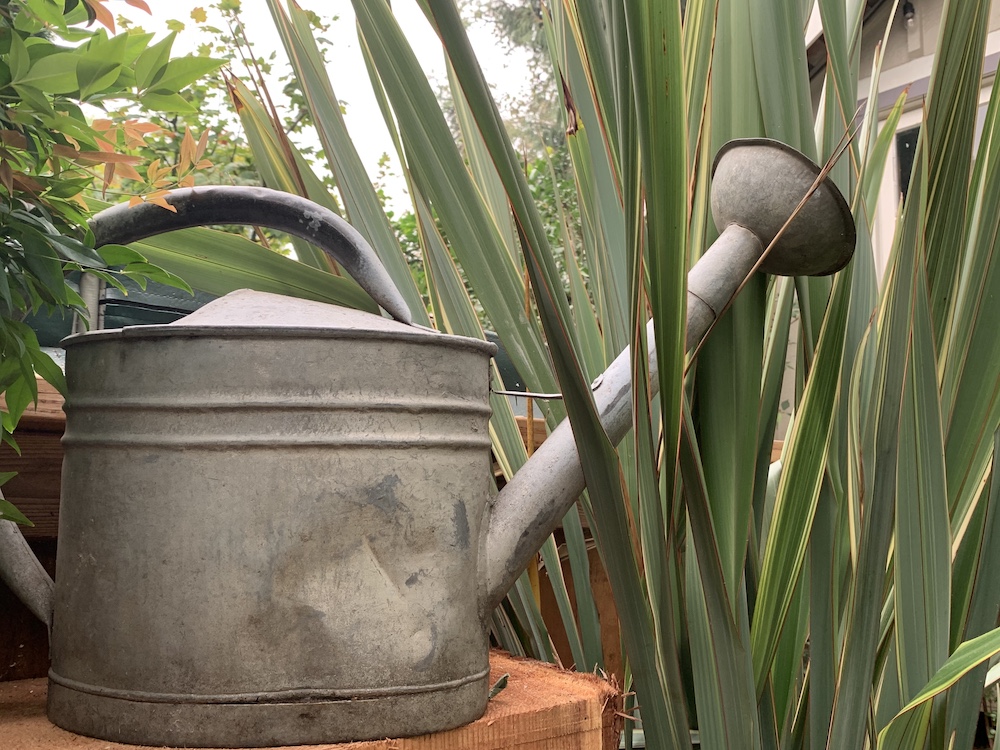
- Fruit trees: This is an optimal time to prune trees that are done fruiting, since wounds will heal more quickly in warm weather. This is a good time to reduce the height of overgrown fruit trees, since they are likely to produce fewer water sprouts now then when pruned in the spring.
- Maples (including Japanese maples): Monitor the leaves of all maples and other trees and shrubs for symptoms of the potentially lethal verticillium wilt fungal disease. If you see branch dieback, call Good News Tree Service, Inc. Other trees susceptible to this persistent and potentially lethal fungal root disease include ash, box elder, golden rain tree, mountain ash, prunus spp. (cherry and plum), redbud, tree of heaven or silk tree, southern magnolia, tulip tree.
- Mulch: Apply two to three inches of mulch around all trees and ornamental shrubs. This helps to fertilize the plants and feed the soil, and also protects them against weed growth and loss of water when the warmer weather returns.
- Pines: Once the hot weather has passed, you can begin to prune your pines.
- Pruning of trees and shrubs: You can do all aesthetic pruning of all ornamental shrubs and trees (except pines) at any time of the year including summer. Don’t over-prune the top crowns of thin barked trees (e.g. Japanese maples, flowering cherries), since the sun’s UV rays can cause trunk and branch bark dessication resulting in cracking and dieback of sapwood and even heartwood resulting in entry points for diseases and potential structural failure of branches and trunks.
- Be careful not to do major pruning during periods of hot weather, since doing so exposes tender leaves underneath that haven’t acclimated to the sun’s ultraviolet rays yet, since they have been shielded by the layer of leaves you’ve just removed by pruning. Sun scald of these tender leaves may occur, especially on southern and southwestern sides of the plant. Sun scalded leaves won’t kill the plant, but it looks unsightly and diminishes the plant’s ability to photosynthate (produce food for itself).
- Pruning of large trees: Most trees in the temperate western valleys of Oregon and Washington can be pruned anytime of the year. If you’re not sure what to do, or how to do it, call Good News Tree Service, Inc. for a consultation, pruning lessons or to have us do the pruning for you. It is likely best to wait for cooler weather to prune stressed or sick looking trees. Call us if you have questions about this.
- Prune fast growing ornamental shrubs (e.g. laurel, privet, photinia, laurustinus, barberry) that are beginning to look shabby. You may need to prune them again in the early summer for a more neat and manicured look.
- Tree and shrub removal and stump grinding can be done all year long.
- Trees: Have an ISA Certified Arborist with an ISA Tree Risk Assessment Qualification (like Good News Tree Service, Inc.) inspect your large trees for the potential of failure due to weak root systems and defects in trunks and branches. This can be done anytime of the year.
- Conifer trees that are drought stressed: The Willamette Valley remains in a severe drought. Large native trees (e.g. Douglas-fir, western redcedar, spruce, native firs) are getting stressed and some are dying. If you have a tree that is showing signs of drought stress (e.g. pitch globules exuding from the bark, excess needle drop, yellowing of foliage), then you need to water your tree to save it, or pay the high price to have it removed after it has died. With a whirlybird, impulse or similar sprinkler or soaker hose, saturate the soil under the tree out to the tree’s drip zone (i.e. the outer tip of tree’s crown) for several hours once or twice a week to achieve deep root watering. Typical lawn irrigation systems don’t put out enough water to adequately irrigate the deeper roots of a tree, so don’t rely on your irrigation system to provide the water that large trees need to survive.
- Watering: During the hot summer months, well-established trees and larger ornamental shrubs need little or no watering. However, newly planted trees and shrubs will need watering for the first two to three summers until their roots get established. Regular lawn irrigation isn’t sufficient to give trees and shrubs the deep watering they need to survive the summer heat. During warm weather, deep water your new plants at least once per week. During hot weather, twice per week.
Plant Health Care
- Deep Root Fertilization: Deep root fertilize to promote healthy root development in preparation for next spring’s growing cycle.
- Dogwood Anthracnose: If you missed the spring sprays topical fungal sprays, and you see signs of anthracnose on your tree’s leaves (reddish, purplish, brownish splotches), you can spray your trees with a basal bark fungicide. Call Good News Tree Service, Inc. for information on this treatment.
- Verticillium Wilt: The fall is the best time to treat, and spring is the second best time. Maples are especially plagued by this disease. During hot weather, symptoms include smaller than normal cupped leaves in the upper canopy, often with the death of the entire branch occurring.
Elsewhere in the Garden
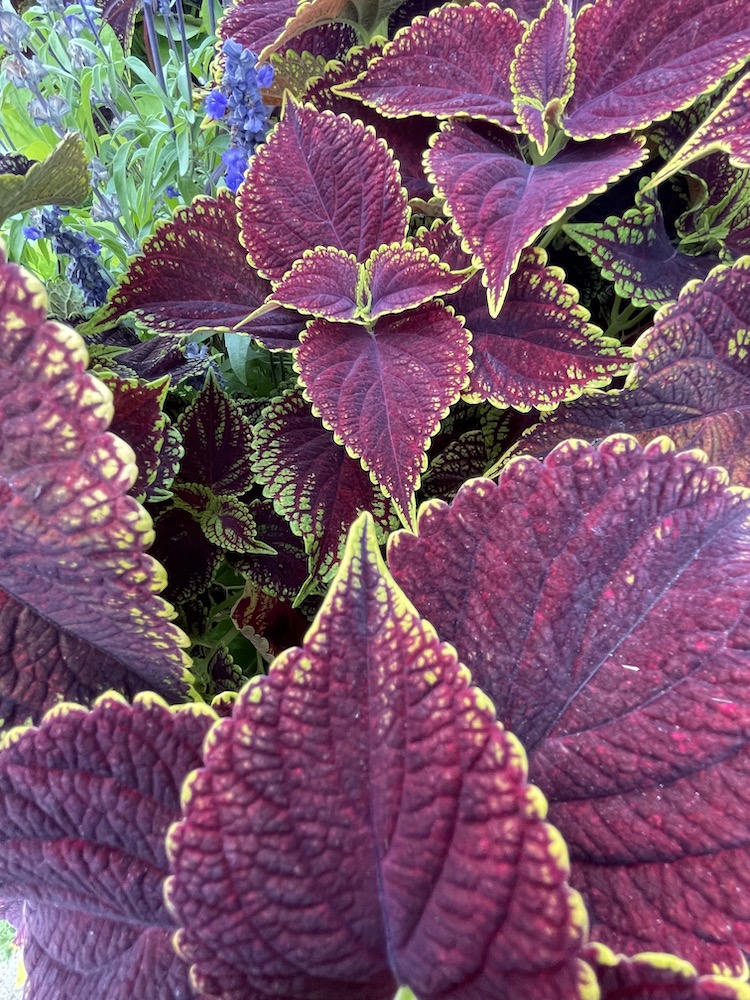
- Put slug bait around your flowers and tender perennials like hostas.
- Apply two to three inches of mulch (e.g. bark dust, garden compost or wood chips) on all of your shrub beds. Covering bare dirt areas in your yard with mulch helps to prevent soil compaction from rains, and weed growth, and helps to enrich our heavy clay soils.
- Cut English ivy off of the base of trees. (This can be done any time of the year.)
- Feed the birds. Dutifully maintain your bird feeders. Bring life and excitement to your backyard by turning it into a bird sanctuary. The birds will thank you for your generosity by providing you with hours of entertainment, and by eating insect pests that harm your ornamental trees and shrubs. Birds in the yard are not only fun to watch, but they perform the vital task of eating harmful insects. Keep bird baths full. In hot and dry weather, birds need water to drink and to bathe in.
- This is a good time of the year to plant trees and shrubs. Visit your local nursery and select your favorite ornamental shrubs and shade trees. After planting your new shrubs, just make sure that you water them well immediately and regularly subsequently for the first two or three summers until their roots get established. During warm weather (in the 60s to low 80s), deep root water once per week. During hot weather (mid-80s and higher) deep root water at least twice per week.
- Fertilize your lawn. The cooler, wetter fall weather is also an excellent time to overseed your lawn to fill in the thin and bare areas.
Rose Care
- Mid to late fall: Prune your roses down by about one-third and remove any dead flowers and dead or diseased canes.
- Anytime of the year: Heavily mulch your roses. Organic mulch (such as wood chips, rotted compost, rotted manure) is the best. While barkdust helps to hold moisture in the soil, it contains little or no nutrients, so it doesn’t feed the soil and thus won’t feed your roses.
- For more information on the care of roses, go to the Portland Rose Society website at https://www.portlandrosesociety.org/all_about_roses.html.
Lawn Care
July Through September
- Summer lawn maintenance. Summer is about mowing, watering, and pest control. Stay on top of mowing for a healthy lawn.
- Irrigation. Water deeply, slowly and as infrequently as possible. Try to avoid watering established lawns more than two or three times per week if possible except during extremely hot conditions. It is not a bad idea to let the soil under your grass to dry out for a short time in between watering as this forces the grass roots to grow deeper in search of water thus making for a more drought tolerant lawn. It is best not to rely on timers for irrigation as temperatures will dictate water needs in addition to lack of rainfall. However, timers are helpful if you have lawns areas that are too large to micromanage or if you will be away for a period of time.
- Mowing. Mow once a week, removing no more than one-third of the height of the grass to avoid stressing it. Mow regularly to prevent weed seed spread.
- Letting your lawn go dormant. If you want to save on your water bill during the summer months, you can skip watering your lawn if you don’t mind it turning brown. It is not dead; it is merely sleeping or in a dormant state. When the rains start up again in the fall, your lawn will turn green and start growing again.
